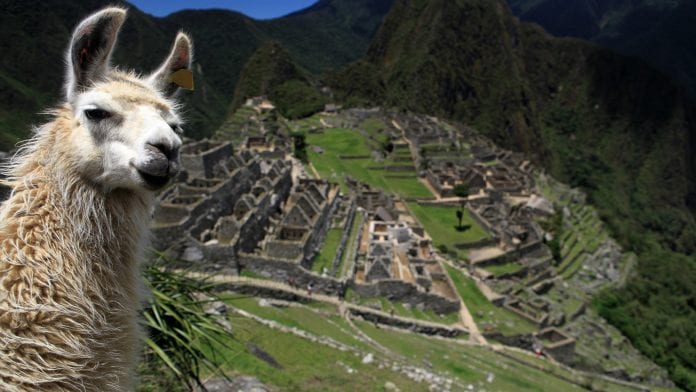
Researchers have used llamas to produce new antibody therapeutics with the potential to work against all types of flu, including new pandemics.
After testing 60 different viruses, scientists believe they have come across a new wave of antibody therapeutics which has the ability to combat all types of flu.
The hunt for antibody therapeutics
Influenza is the ultimate shape-shifter, constantly mutating its appearance to evade the immune system of the human body. Which is why a new flu jab is needed almost every winter and why the vaccine occasionally misses the mark.
Although better known for its wool, this is where the llama comes in.
Unknown by many, llamas produce incredibly tiny antibodies in comparison to our own. And such antibodies are weapons of the immune system that bind to the proteins sticking out from the surface of a virus. The antibodies found in humans tend to attack the tips of those proteins, however this is the part that influenza mutates most readily.
Antibodies found in llamas use their size advantage to wriggle a little bit deeper and attack the parts that flu cannot change.
Details of the study
The team at the Scripps Institute in California, USA infected llamas with several types of flu to provoke an immune response. They then scoured llama blood for the most potent antibodies that could attack a wide range of flu strains.
They picked four, and then set about building their own synthetic antibody therapeutics that used elements from each. Then giving deadly doses of influenza, the blood was tested on mice.
In an interview with the BBC, professor Ian Wilson, one of the researchers, explained: “It’s very effective, there were 60 different viruses that were used in the challenge and only one wasn’t neutralised and that’s a virus that doesn’t infect humans.
“The goal here is to provide something that would work from season to season, and also protect you from possible pandemics should they emerge.”
Antibody therapeutics for the future
With age it is natural for the immune system to deteriorate, which therefore makes the seasonal flu vaccine to become ineffective. However, this llama-inspired approach does not need to train the immune system.
Professor Jonathan Ball, University of Nottingham, said: “Having a treatment that can work across a range of different strains of virus is highly sought after. It’s the Holy Grail of influenza.
“There will be an appetite, but it depends how well these things work, how easy it is to produce and also how costly it will be.”









